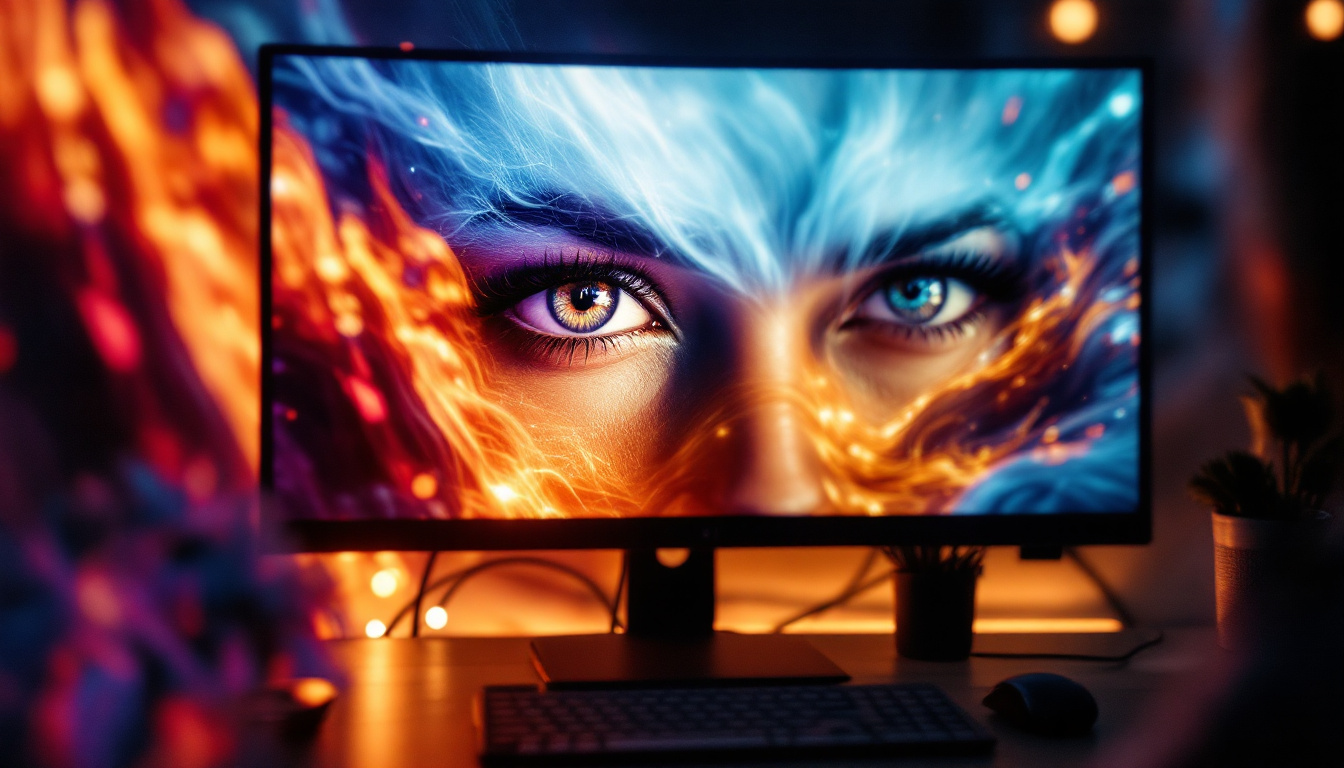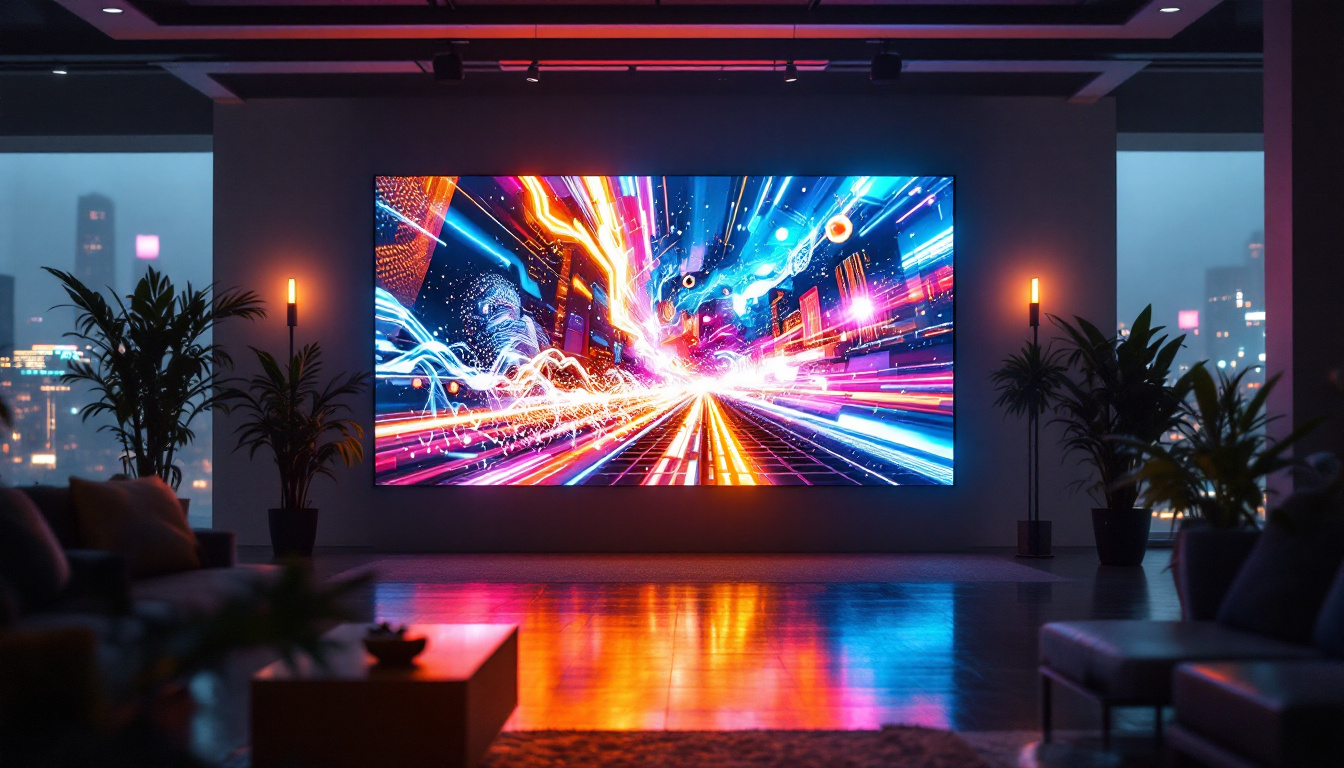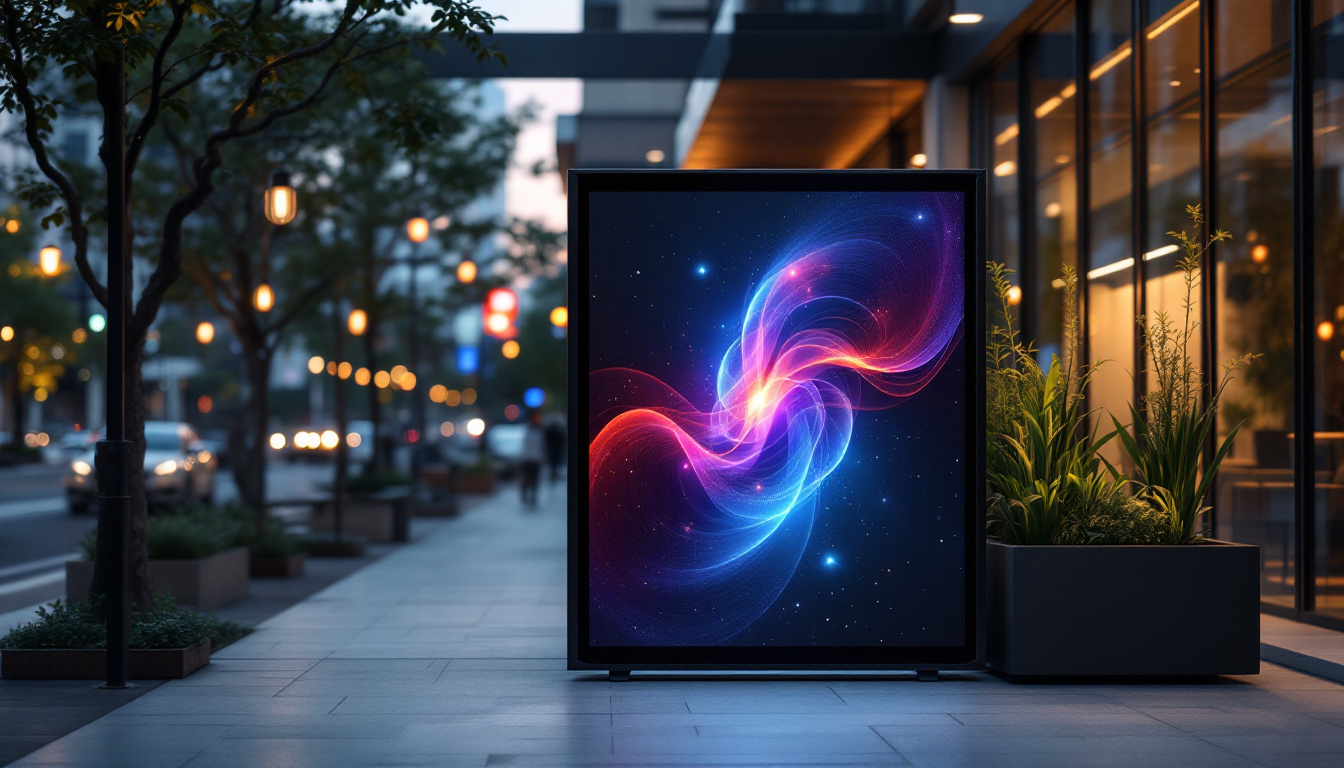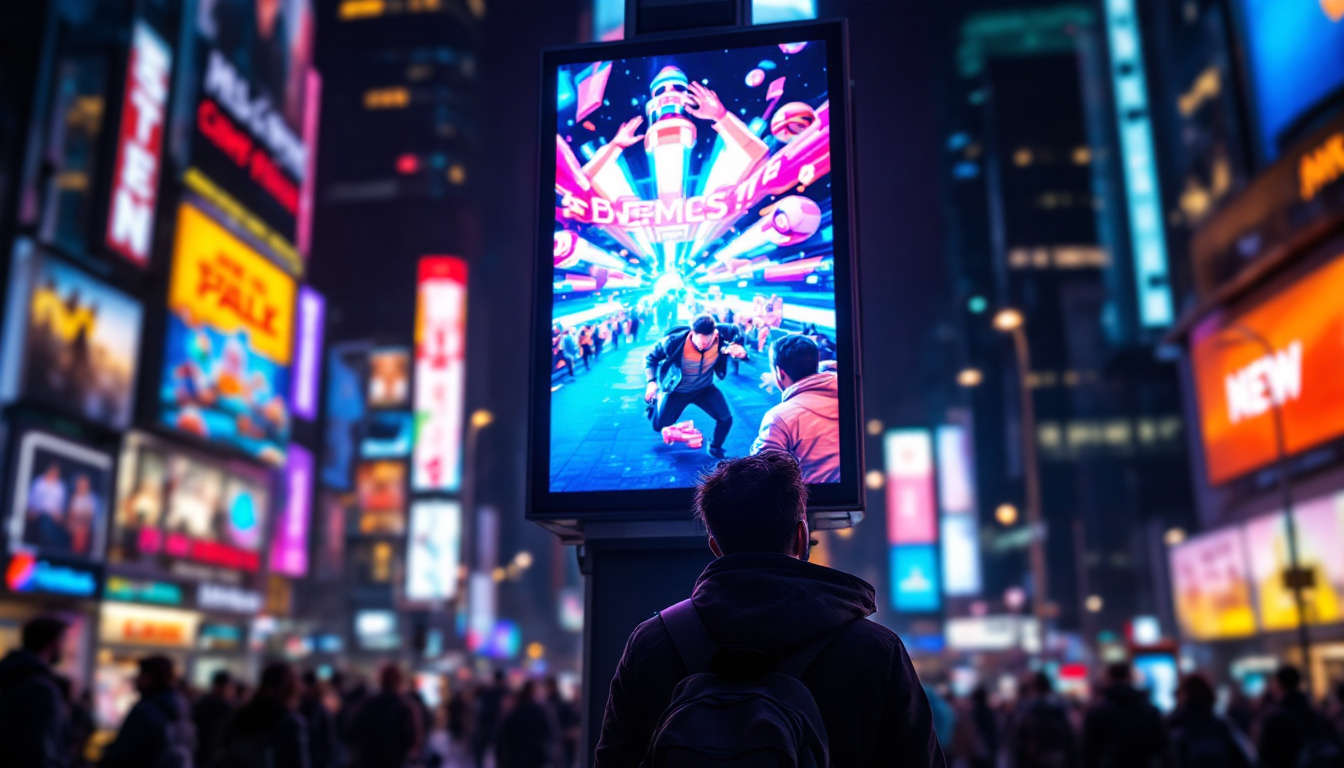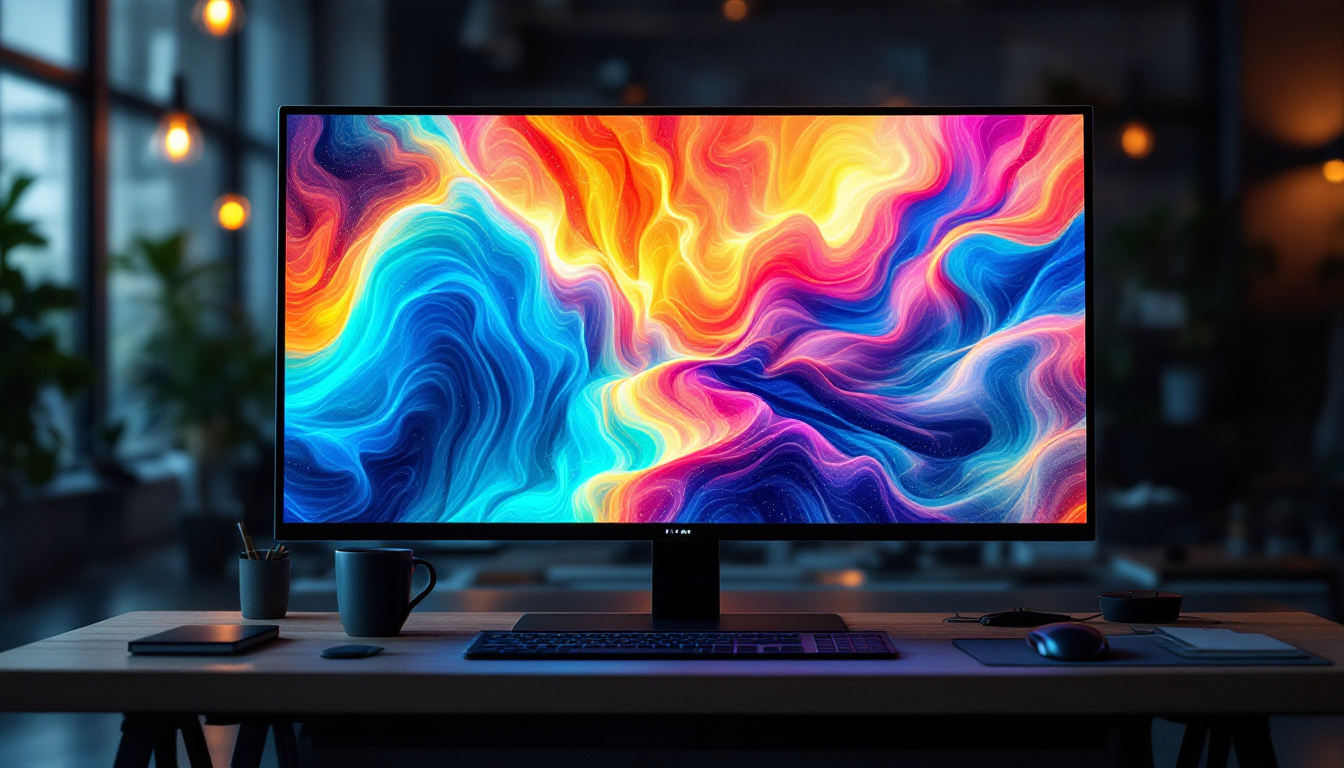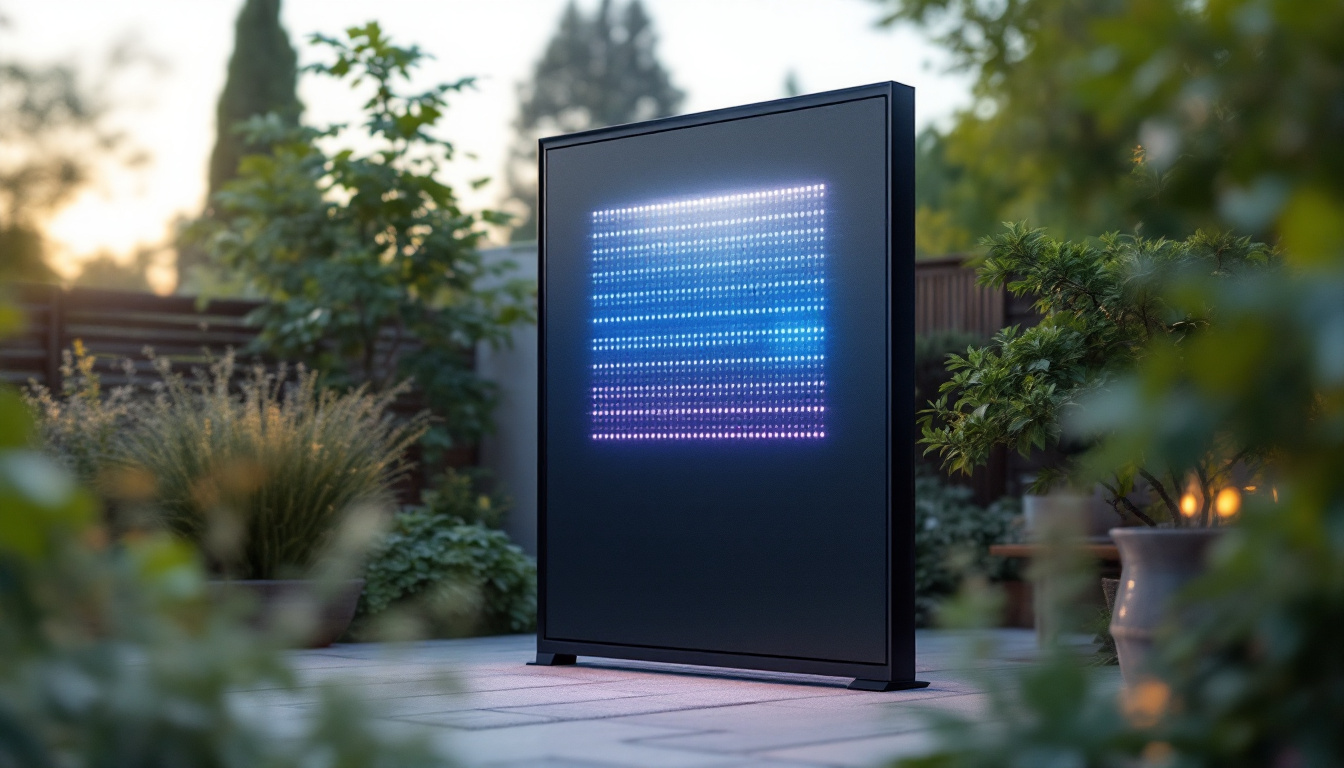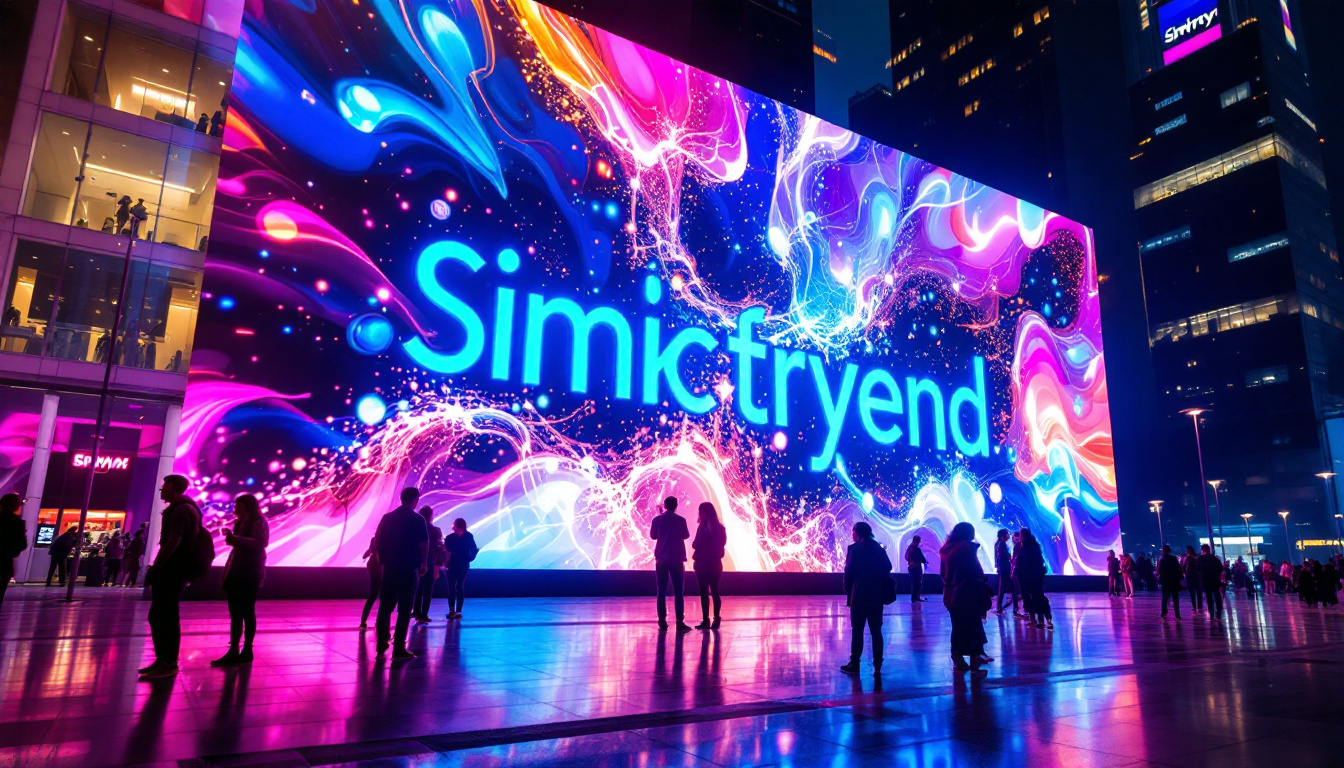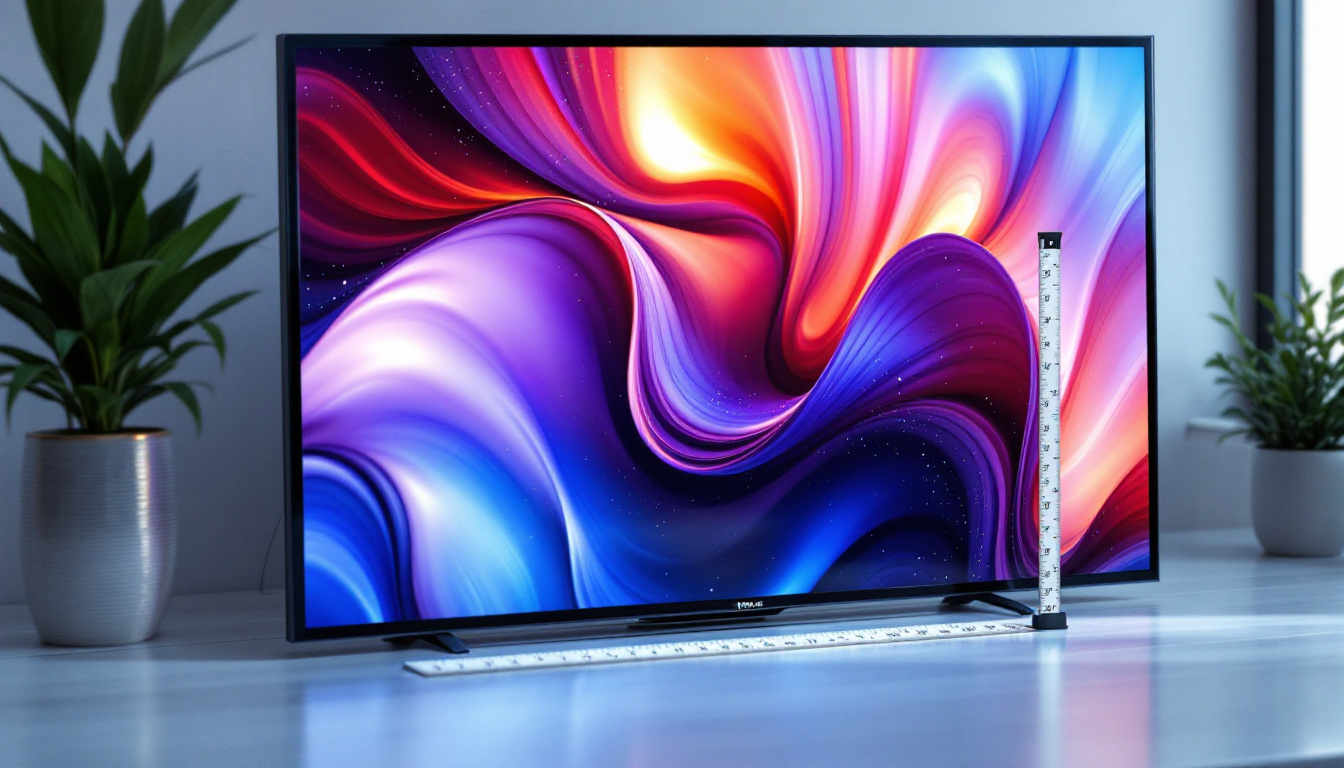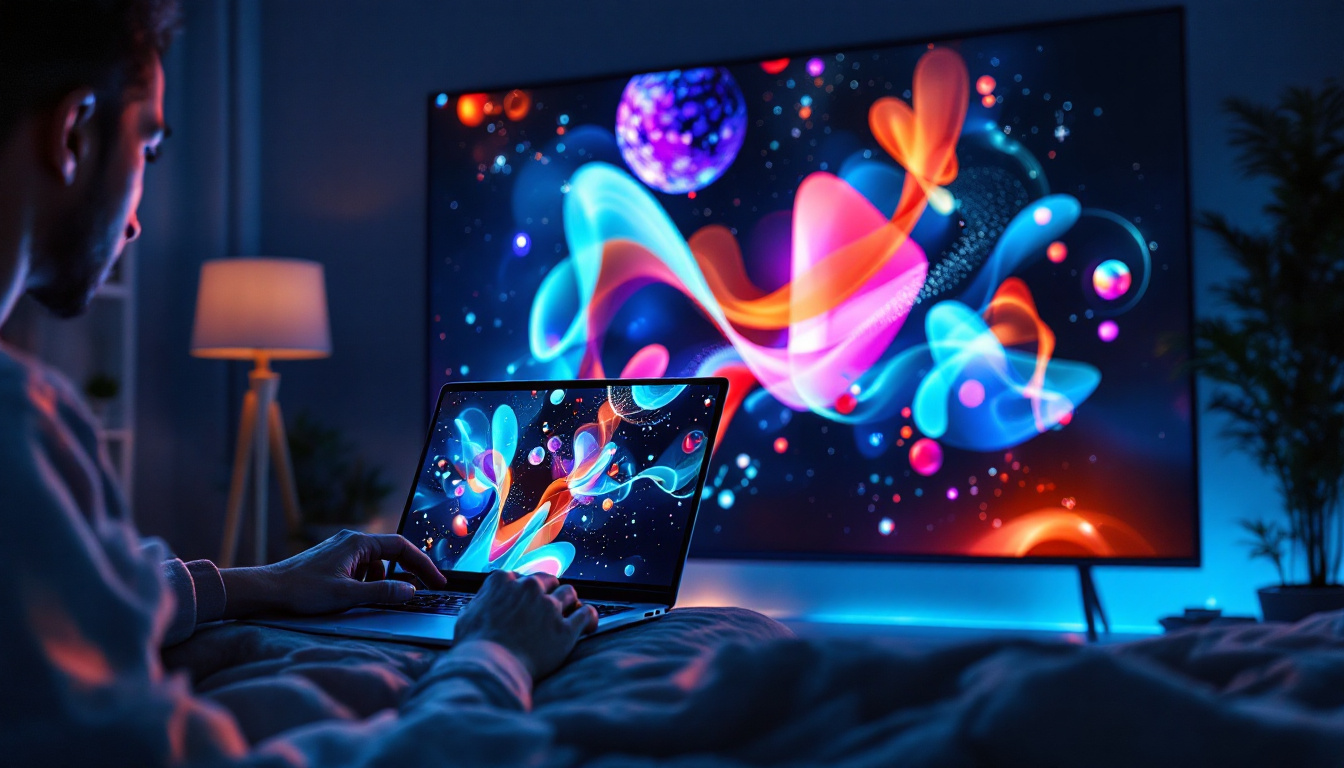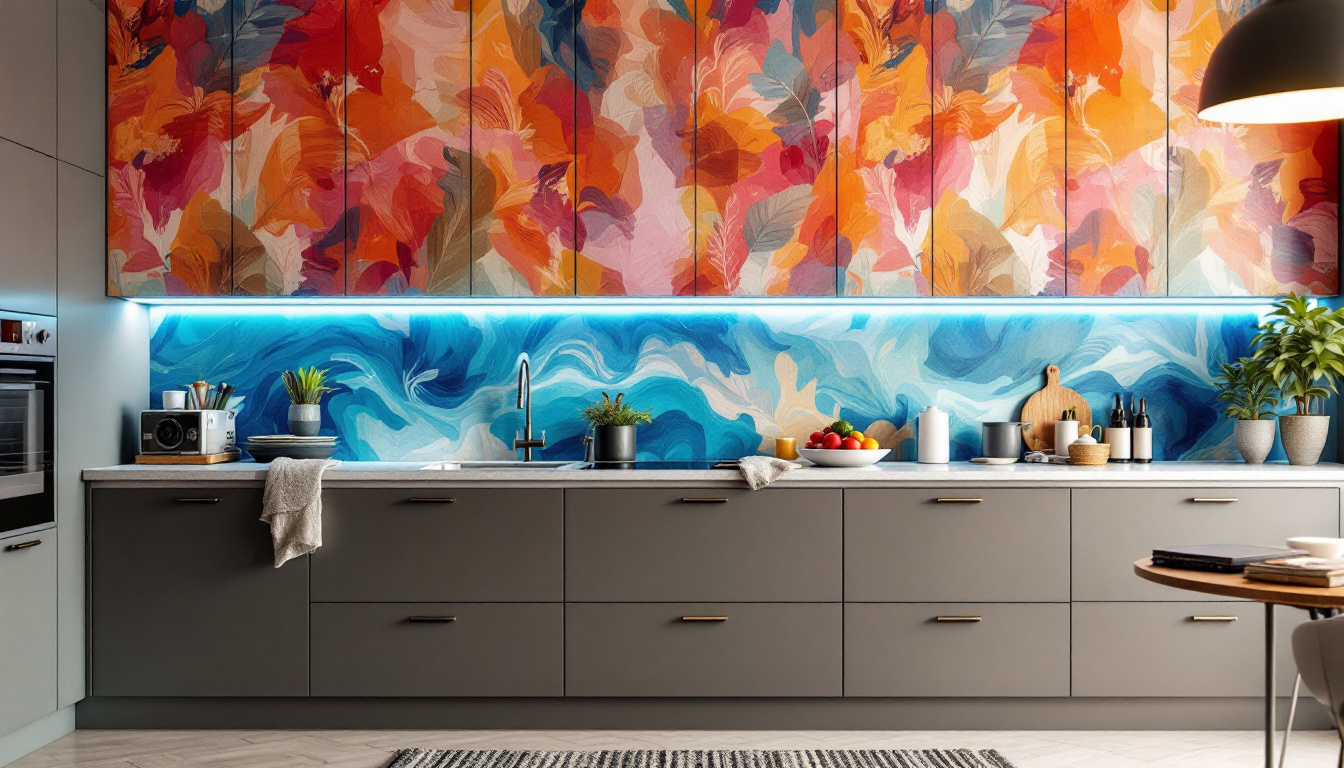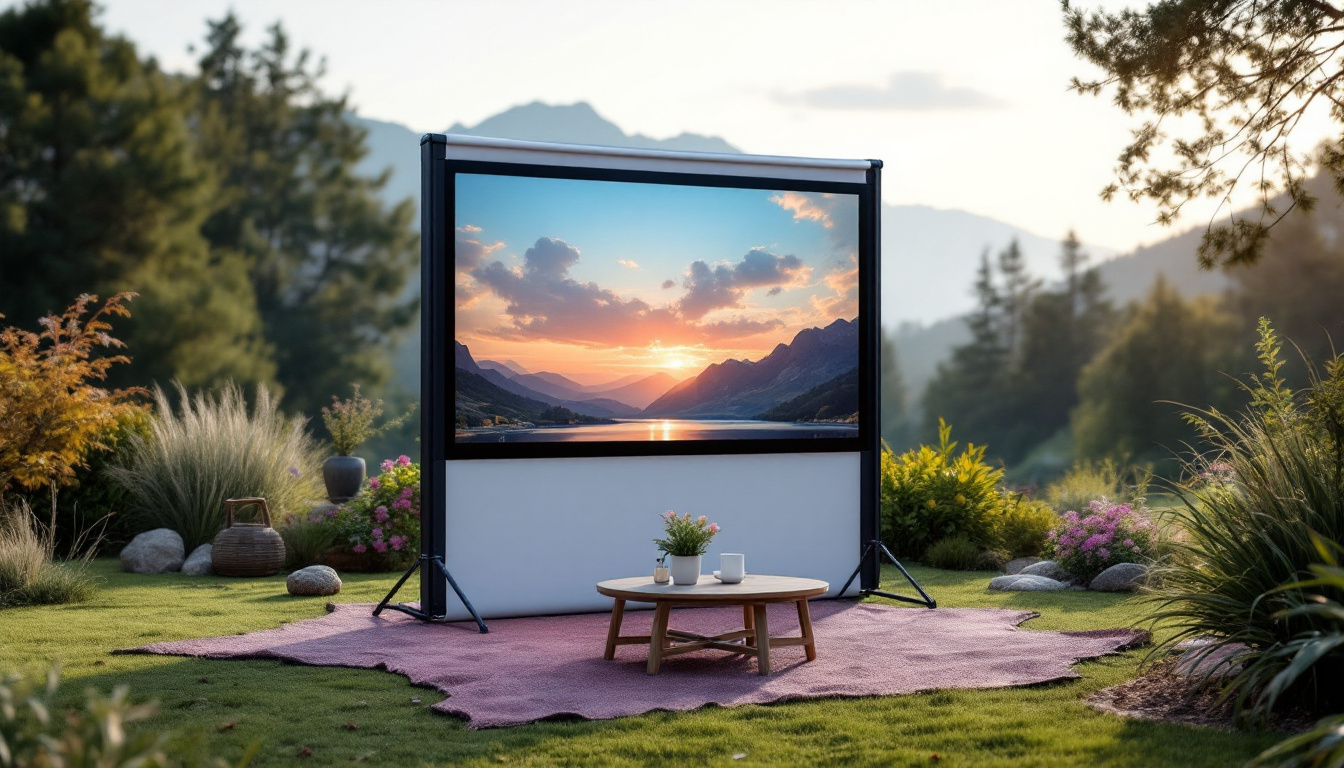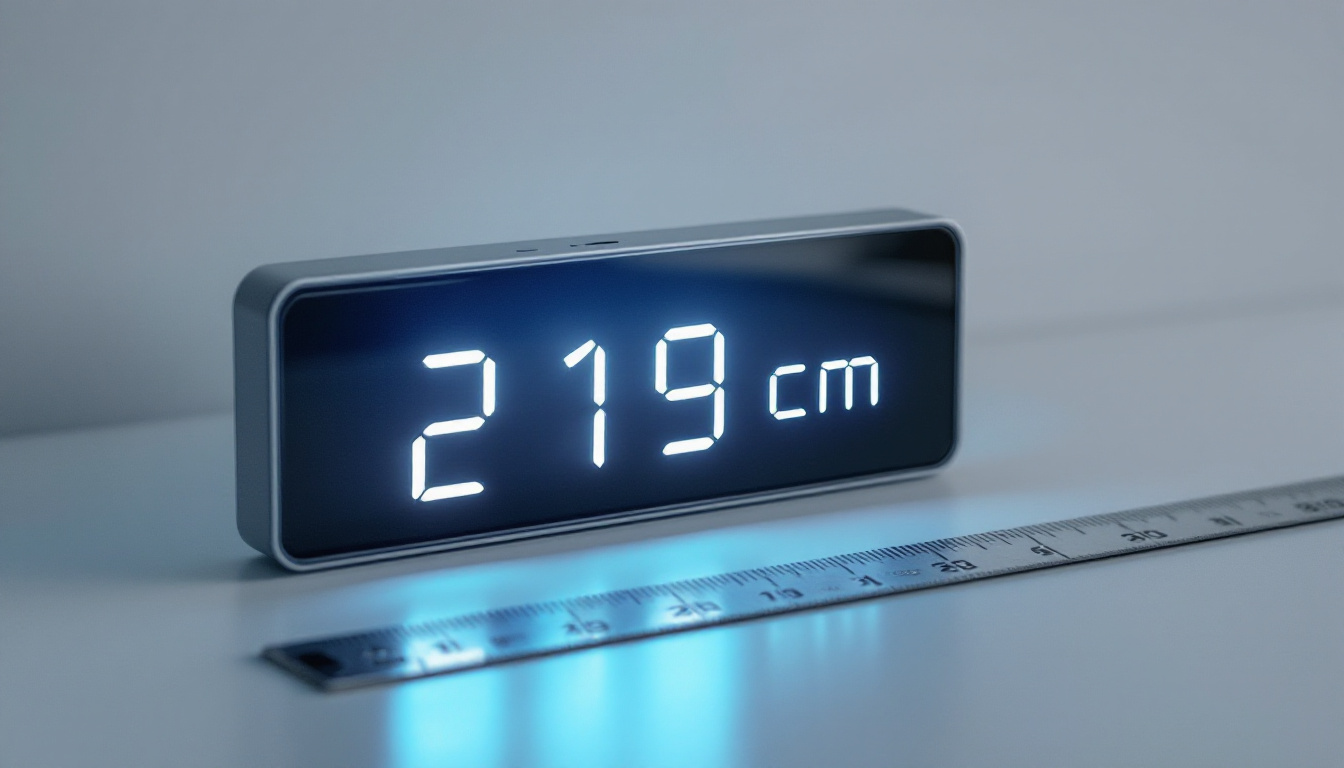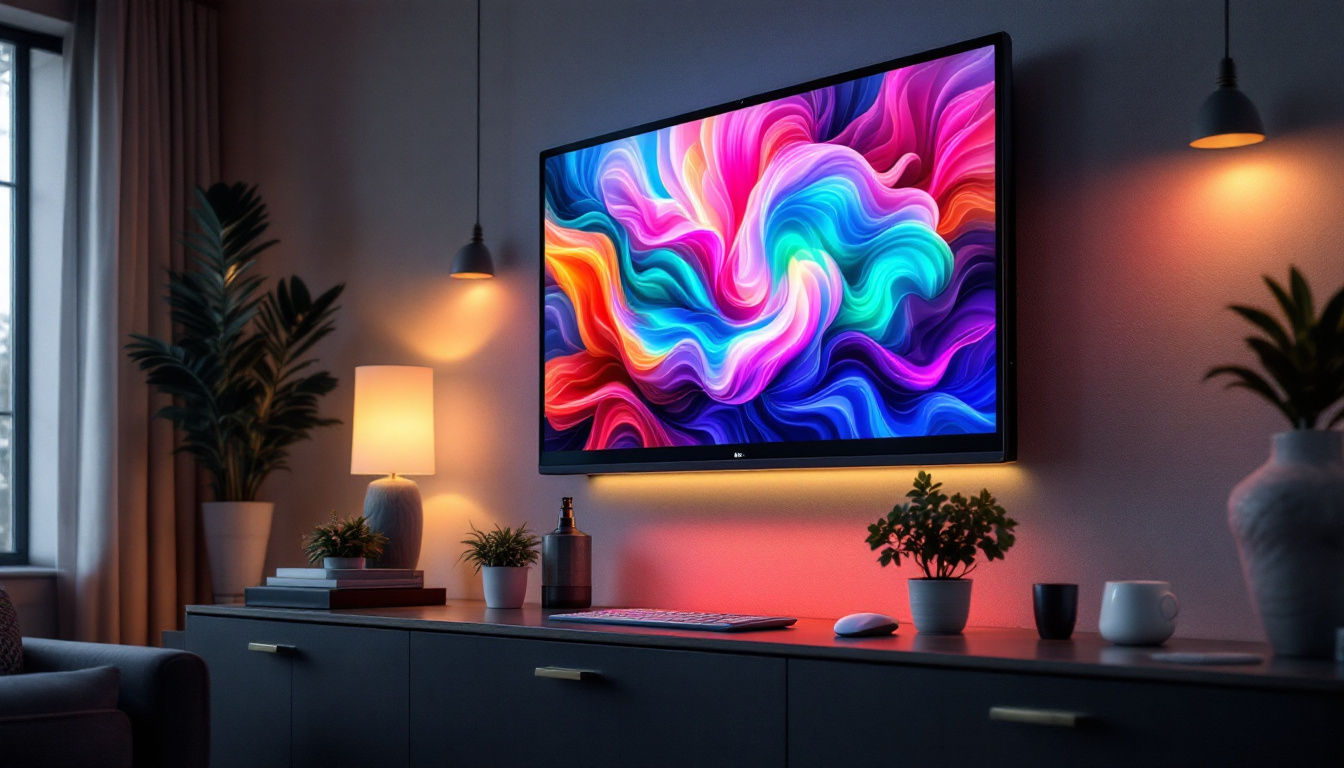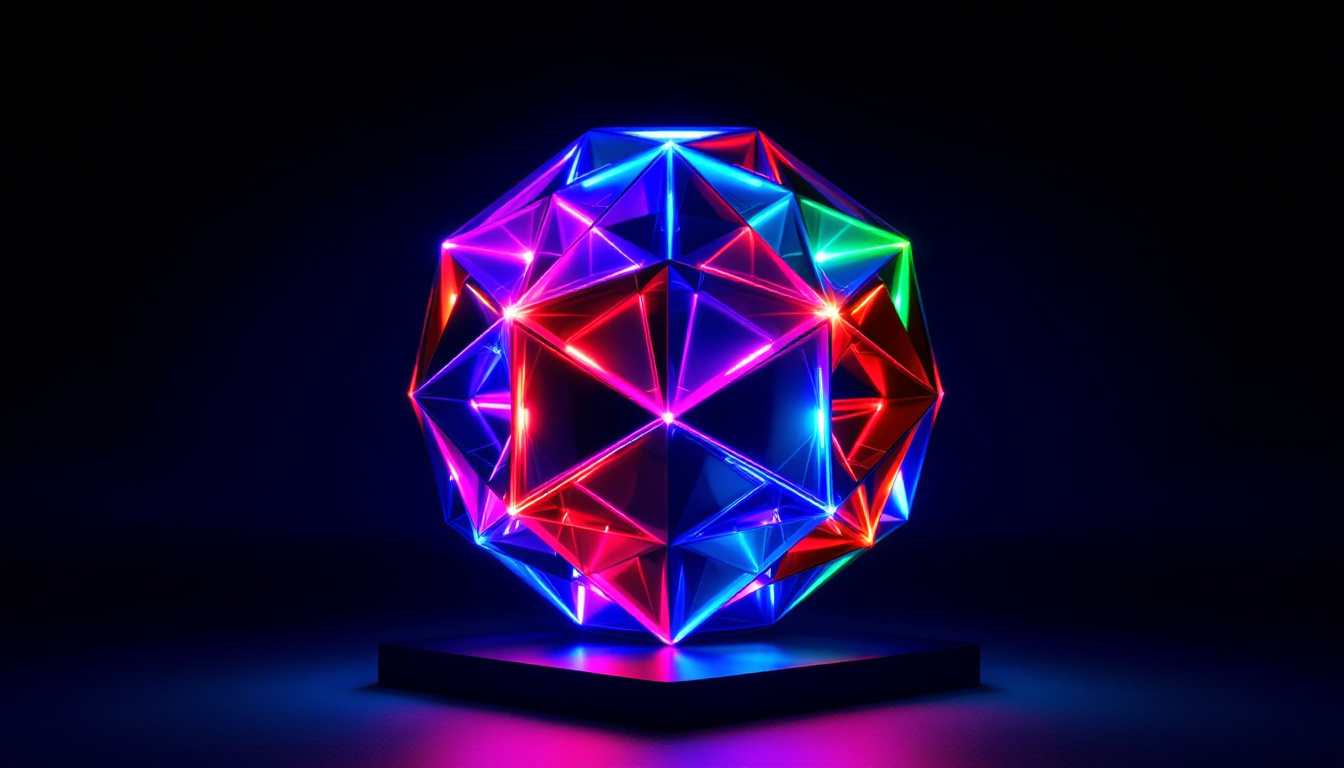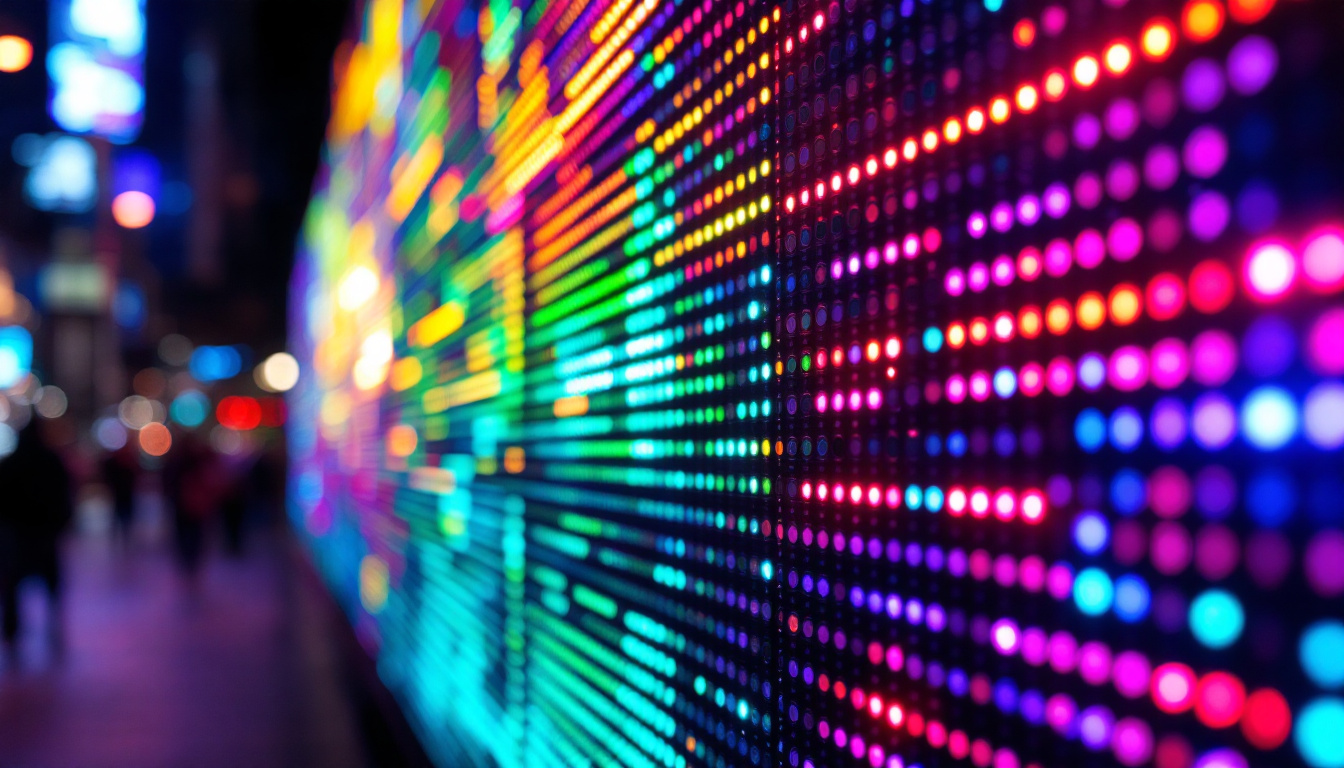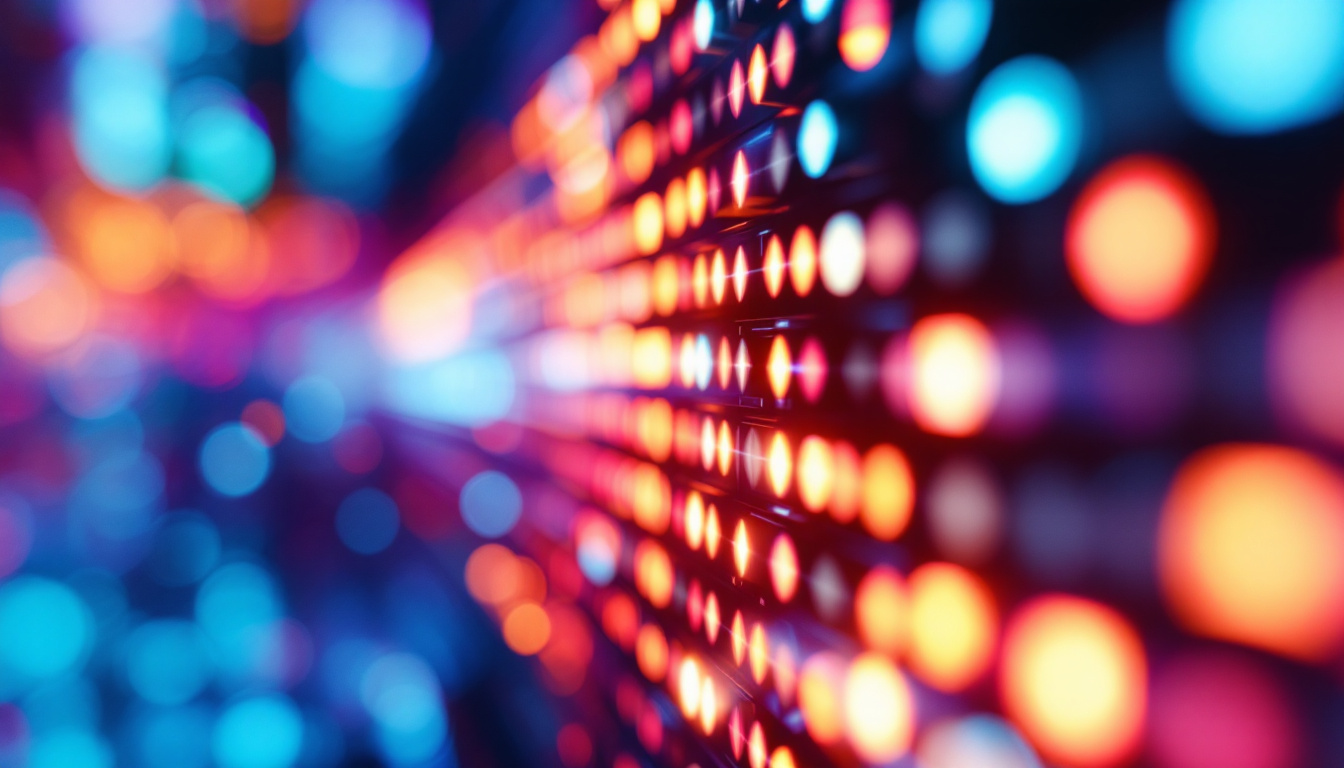In today’s digital age, the clarity and quality of visual displays have become paramount. Whether for gaming, professional work, or casual browsing, understanding how to change the resolution on an LED monitor can significantly enhance the user experience. This article delves into the intricacies of monitor resolution, the role of LED technology, and practical steps to adjust settings for optimal performance.
Understanding Monitor Resolution
Monitor resolution refers to the number of pixels displayed on the screen, typically represented as width x height (e.g., 1920 x 1080). Higher resolutions mean more pixels, which translates to sharper images and finer details. The most common resolutions today include Full HD (1920 x 1080), Quad HD (2560 x 1440), and 4K Ultra HD (3840 x 2160).
Why Resolution Matters
The importance of resolution cannot be overstated. A higher resolution allows for better image clarity, which is particularly beneficial for tasks requiring precision, such as graphic design or video editing. Furthermore, in gaming, higher resolutions can provide a more immersive experience, allowing players to spot details that might be missed on lower-resolution displays.
Additionally, the choice of resolution can affect system performance. Running a monitor at a higher resolution can demand more from the graphics card, potentially leading to lower frame rates in gaming or sluggish performance in graphic-intensive applications. Thus, understanding how to balance resolution with performance is crucial.
Common Resolutions Explained
Different resolutions cater to various needs and preferences. Full HD (1080p) is the standard for most consumer monitors and televisions, offering a good balance between quality and performance. Quad HD (1440p) is increasingly popular among gamers and professionals who require more screen real estate without stepping up to 4K.
4K resolution, while offering stunning detail, requires robust hardware to run smoothly, making it ideal for high-end gaming and professional applications. It’s essential to consider both the capabilities of the monitor and the hardware driving it when selecting a resolution.
Beyond these common resolutions, there are also specialized formats like 5K (5120 x 2880) and 8K (7680 x 4320), which are becoming more prevalent in high-end displays. These resolutions are particularly favored in fields such as digital art, video production, and scientific visualization, where the level of detail can significantly enhance the quality of work. However, the adoption of these higher resolutions is still limited by the availability of content and the need for powerful computing resources to handle the increased pixel count.
Moreover, the aspect ratio plays an important role in how resolution is perceived. For instance, ultrawide monitors, which often have a 21:9 aspect ratio, can provide a more immersive experience for both gaming and productivity tasks by allowing users to view multiple applications side by side. This can be particularly advantageous for multitasking, as it reduces the need to switch between windows, thereby enhancing overall workflow efficiency. As technology continues to evolve, the landscape of monitor resolutions and their applications will undoubtedly expand, offering users even more options to suit their specific needs.
LED Technology and Its Impact on Display Quality
LED (Light Emitting Diode) technology has revolutionized the way displays are produced and viewed. Unlike traditional LCD monitors that use fluorescent backlighting, LED monitors utilize an array of tiny light-emitting diodes, resulting in brighter displays, improved contrast ratios, and more vibrant colors.
Benefits of LED Displays
One of the primary advantages of LED displays is their energy efficiency. They consume less power than their LCD counterparts, which not only reduces electricity bills but also contributes to a smaller carbon footprint. Furthermore, LED monitors often have longer lifespans, making them a more sustainable choice in the long run.
Another significant benefit is the ability to achieve deeper blacks and brighter whites. This is due to the localized dimming capabilities of many LED monitors, which allow specific areas of the screen to be dimmed while others remain bright. This feature enhances the overall viewing experience, particularly in darker scenes. Additionally, the rapid response time of LED displays minimizes motion blur, making them ideal for fast-paced content such as video games and action films, where clarity and detail are paramount.
Types of LED Displays
There are several types of LED displays, including Edge-lit, Direct-lit, and Mini-LED. Edge-lit displays have LEDs positioned around the edges of the screen, allowing for thinner designs but often resulting in less uniform brightness. Direct-lit displays, on the other hand, have LEDs positioned directly behind the screen, providing more consistent lighting.
Mini-LED technology is a newer advancement that utilizes smaller LEDs for backlighting, allowing for even finer control over brightness and contrast. This results in improved picture quality, making Mini-LED displays increasingly popular among high-end users. Moreover, with the advent of MicroLED technology, which uses individual micro-sized LEDs to form the display itself, the potential for even higher resolutions and better color accuracy is on the horizon. MicroLED displays promise to eliminate the need for backlighting altogether, leading to even more vibrant colors and deeper blacks, further pushing the boundaries of visual technology.
Changing Monitor Resolution: A Step-by-Step Guide
Adjusting the resolution of a monitor is a straightforward process, but it can vary depending on the operating system and graphics hardware. Below is a general guide to changing the resolution on both Windows and macOS systems.
For Windows Users
1. **Access Display Settings**: Right-click on the desktop and select “Display settings” from the context menu. This will open the display settings window.
2. **Select Resolution**: Scroll down to the “Scale and layout” section. Here, you will see a dropdown menu labeled “Display resolution.” Click on it to view the available resolutions.
3. **Choose Your Resolution**: Select the desired resolution from the list. Windows will automatically recommend the best resolution for your monitor, usually marked as “Recommended.”
4. **Apply Changes**: After selecting the resolution, click “Apply.” A prompt will appear asking if you want to keep the changes. If everything looks good, click “Keep changes.” If not, you can revert to the previous resolution.
For macOS Users
1. **Open System Preferences**: Click on the Apple logo in the top-left corner of the screen and select “System Preferences.”
2. **Select Displays**: In the System Preferences window, click on “Displays.” This will open the display settings for your monitor.
3. **Change Resolution**: Under the “Display” tab, you will see options for resolution. You can choose “Default for display” or “Scaled” to manually select a resolution. If you choose “Scaled,” a list of available resolutions will appear.
4. **Confirm Changes**: Once you select a resolution, the changes will take effect immediately. If you wish to revert, you can return to the same settings and choose a different resolution.
Considerations When Changing Resolution
While changing the resolution can enhance the visual experience, there are several factors to consider to ensure optimal performance and clarity.
Aspect Ratio
Aspect ratio is the ratio of the width to the height of the display. Common aspect ratios include 16:9 for widescreen displays and 4:3 for older models. When changing resolution, it’s essential to maintain the correct aspect ratio to avoid distortion. Using a resolution that does not match the monitor’s native aspect ratio can lead to stretched or squished images.
Native Resolution
Every monitor has a native resolution, which is the resolution at which it performs best. For most LED monitors, this is typically the highest resolution supported. Using a resolution lower than the native one can result in a less sharp image, as the display has to interpolate the pixels. Always aim to use the native resolution for the best visual quality.
Refresh Rate
The refresh rate, measured in Hertz (Hz), indicates how many times the screen refreshes per second. A higher refresh rate can lead to smoother motion, especially in gaming or video playback. When changing resolution, ensure that the refresh rate is compatible with the selected resolution. Some resolutions may limit the available refresh rates, so checking the monitor specifications is advisable.
Troubleshooting Common Resolution Issues
Despite the straightforward nature of changing resolutions, users may encounter issues. Here are some common problems and their solutions.
Screen Flickering
Screen flickering can occur if the refresh rate is set too low for the selected resolution. To resolve this, return to the display settings and adjust the refresh rate to a higher value. Ensure that the monitor supports the chosen refresh rate at the selected resolution.
Blurry or Distorted Images
If images appear blurry or distorted after changing the resolution, it may be due to selecting a non-native resolution. Revert to the monitor’s native resolution to restore clarity. Additionally, check the cable connections to ensure they are secure and not damaged, as faulty cables can also cause display issues.
Resolution Not Available
Sometimes, the desired resolution may not appear in the settings. This can happen if the graphics driver is outdated or if the monitor does not support the resolution. Ensure that the latest graphics drivers are installed and consult the monitor specifications to confirm supported resolutions.
Conclusion
Changing the resolution on an LED monitor is a fundamental skill that can greatly enhance the visual experience. By understanding the significance of resolution, the benefits of LED technology, and the steps to adjust settings, users can optimize their displays for various tasks. Whether for gaming, professional work, or everyday use, knowing how to effectively manage monitor resolution is essential in today’s digital landscape.
As technology continues to evolve, staying informed about display options and settings will empower users to make the most of their visual experiences. With the right adjustments, a monitor can transform from a simple display into a powerful tool for creativity, productivity, and entertainment.
Explore Cutting-Edge LED Display Solutions
Ready to take your visual experience to the next level? Discover the innovative world of LumenMatrix, where we specialize in advanced LED display modules designed to elevate your brand and captivate your audience. From dynamic Indoor and Outdoor LED Wall Displays to versatile solutions like Vehicle LED Displays, LED Posters, and even Custom LED Displays, LumenMatrix is at the forefront of transforming visual communication. Experience the difference with our All-in-One LED Displays, LED Sports Displays, Floor LED Displays, and the stunning clarity of LED Transparent Displays. Don’t just change your resolution—revolutionize your display capabilities. Check out LumenMatrix LED Display Solutions today and see your world in a whole new light.

